Whether you are an Indian or a non-resident Indian, you may be eligible for a tax rebate under section 87a of the income tax act in India. However, you will need to understand the eligibility criteria and how to calculate the deduction. In the year 2013-14 the government of India introduced rebates under section 87A. This rebate provides benefits from your taxes payable. This benefit can be claimed when your taxable income does not exceed prescribed limits for the relevant financial year. For the FY 2019-20 if you are having taxable income up to 5,00,000 then you are not required to pay any taxes by availing the benefit of rebate under section 87A.
Calculation
Various tax rebates have been introduced in the Indian tax system and Section 87A is one of them. The concept of tax rebate is to give an extra benefit to taxpayers in the form of a discount on the income tax liability.
Tax rebate under Section 87A of the Income Tax Act is offered for taxpayers whose total income for an assessment year is less than or equal to five lakh rupees. The amount that you are eligible for is based on your gross annual income and tax deductions.
The most obvious way to calculate the 87A is to subtract all your tax deductions from your gross income. The 87A also requires you to categorize your income into the appropriate heads. This is important because it will be helpful if you apply for a rebate. The rebate you get will not be refunded if your tax liability is lower than the rebate you are entitled to.
The section 87A has been in effect for several years, but the eligibility requirements have been tweaked over the years to fit the changing tax rates. The new income tax slab for AY 2018-19 has increased the exemption limit for senior citizens.
The tax rebate u/s 87A is a tax benefit offered to individuals only. It is not available to firms, Hindu Undivided Family (HUF), Non Residential Indians (NRIs), AOPs/BOIs, corporations, and super senior citizens.
The 87A was first introduced in 2013, but it is still relevant for the financial year 2019-20. Initially, it was capped at 5,000 rupees. It is now capped at INR 12,500 in a fiscal year. The maximum rebate under Section 87A is 100 per cent up to INR 12500 in a financial year.
Aside from the rebate u/s 87A, there are several other tax benefits that you can claim. The most important is that you don’t have to pay any tax if your net annual income is below five lakhs. In addition, you can claim the same-named rebate for donations and investments. You can also claim interest under Section 80EE. You can also claim expenses on house rent under Section 80GG.
Rebate under section 87A for FY 2020-21 (AY 2021-22)
The amount of rebate under section 87A for FY 2020-21 (AY 2021-22) has been kept unchanged under both the old and new income tax regimes. A resident individual having taxable income up to Rs 5,00,000 will get a tax rebate of Rs 12,500 or equal to the amount of tax payable (whichever is lower).
How much is the rebate allowed under section 87A?
If an individual’s total taxable income is up to Rs. 5 Lakh then he will get the tax benefit of
- Rs. 12,500 or
- The amount of tax payable
- (whichever is lower)
Non-resident Indians
Various tax rebates are provided by the Income Tax Department in order to ease the burden of small taxpayers. These tax reliefs are meant to encourage individuals to file their annual income tax returns.
Section 87A of the income tax act, of 1961 provides rebates on total tax payable in an assessment year. These rebates are available to resident individuals only. In order to claim a rebate, an individual must categorize his or her income into relevant heads and then compute the tax owed to each. The simplest way to calculate the rebate is to subtract all the income tax deductions from your gross income.
The maximum amount that can be claimed as a rebate is Rs. 12,500 in a financial year. The rebate is applied to the total amount of tax before the health and education cess is added. However, the amount of the rebate cannot exceed the total income tax that is payable before the rebate is applied.
Depending on your income and the number of deductions that you make, you may qualify for a larger rebate. You must take all of these into account when calculating your rebate.
The most important fact that you should know is that there is a rebate under Section 87A of the Income Tax Act, of 1961. However, only Indian citizens can claim this rebate. The rebate was introduced by the Finance Ministry in the year 2013.
To qualify for the rebate, you must subtract all the available deductions from your gross income. You must also compute the rebate if your net taxable income is less than 5 lakhs.
If your total taxable income is greater than 5 lakh, you will be subject to the slab rate of income tax. For example, if you are earning an annual income of 5 lakh, you will pay a total of Rs. 12,500, which is the same as the rebate under Section 87A of the Income tax act.
If your taxable income is below five lakhs, you are eligible for the benefits of the rebate under Section 87A of the income tax act.
Income to be considered
During the fiscal year 2019-20, individuals can avail of a rebate under section 87A of the income tax act in India. The income to be considered for tax rebate under this section is INR 5 lakh or less. In case the total taxable income exceeds this limit, the individual has to pay taxes. However, if the total tax payable is less than the rebate, the individual does not have to pay any taxes.
In addition, the Income Tax Department has introduced a few reliefs to ease the burden of small taxpayers. These reliefs aim to encourage more people to file their income tax returns.
A tax rebate under section 87A is a discount that is offered to taxpayers in order to lower their tax liability. The amount is calculated by subtracting all deductions from the gross income. The total taxable income is then multiplied by the applicable income tax slabs.
The maximum rebate under section 87A is Rs12,500. It is only applicable to individuals who are residents of India. No company or Hindu undivided family (HUF) can claim this rebate.
The rebate is applicable only for the financial year in which the rebate is claimed. The rebate is available for normal income that is taxed at the slab rates. This rebate is not applicable to long-term capital gains on equity investments.
During the assessment year, the tax rebate under section 87A is available for resident individuals who are earning a net taxable income of up to INR 3.5 lakh. In case the total income exceeds the threshold, the tax will be calculated at the normal rates.
The tax rebate under section 87A is applicable only to Indian residents. However, there are certain exemptions for Indian resident individuals. These exemptions are for super senior citizens, Hindu undivided families, and NRIs.
During the assessment year, the rebate under section 87A is available for the resident individuals who are earning a net deductible income of up to INR 3.5 lakh. It is also applicable to short-term capital gains on listed equity shares and equity-oriented schemes of mutual funds.
Eligibility criteria
87a of the income tax act in India is the provision that helps individuals and firms to reduce the taxes they owe. The rebate u/s 87a is applicable for resident Indians and can be claimed by them when filing their tax returns. However, there are certain criteria that need to be fulfilled to be eligible to claim the tax rebate.
The first and foremost requirement to apply for the rebate is to be a resident of India. The maximum limit of tax rebate under section 87A is INR 12,500 for a financial year. This means that the total amount of taxable income is not more than INR 5,00,000. If the total taxable income is more than this, the individual will be subject to the slab rate.
Another eligibility criterion to claim the rebate u/s 87A is that the net taxable income must not exceed Rs.5,00,000. It is also mandatory to file an ITR for the financial year. The ITR must include all deductions made during the financial year.
Once you have determined your taxable income, you will need to categorize your income into different heads. The net taxable income is the net amount of your annual income after all tax deductions are deducted.
The second criterion is that the total taxable income should be less than INR 3,50,000 for the AY 2021-22. In the assessment year 2015-16, the total taxable income is not more than INR 5 lakh. This threshold is also applicable for AY 2022-23.
The third criterion is that the total refundable income should be lower than the aggregate amount of deductible taxes. The rebate under section 87A is available as a deduction from the total refundable income. Therefore, if the total refundable income is lesser than the total deductible taxes, then the rebate u/s 87A will be applied. The rebate u/s 87A is not available on long-term capital gains and equity investments.
To get the maximum benefit from the rebate u/s 87A, you must know all the deductions that are applicable. You must ensure that you know all the investments you have made and the donations you have given. You can also ask your employer to deduct the taxes at source.
Conclusions
In conclusion, if you are an Indian or a non-resident Indian, you may be eligible for a tax rebate under section 87a of the income tax act. However, you will need to understand the eligibility criteria. You can find more information on the website of the Income Tax Department in India or by speaking to an accountant or tax professional.

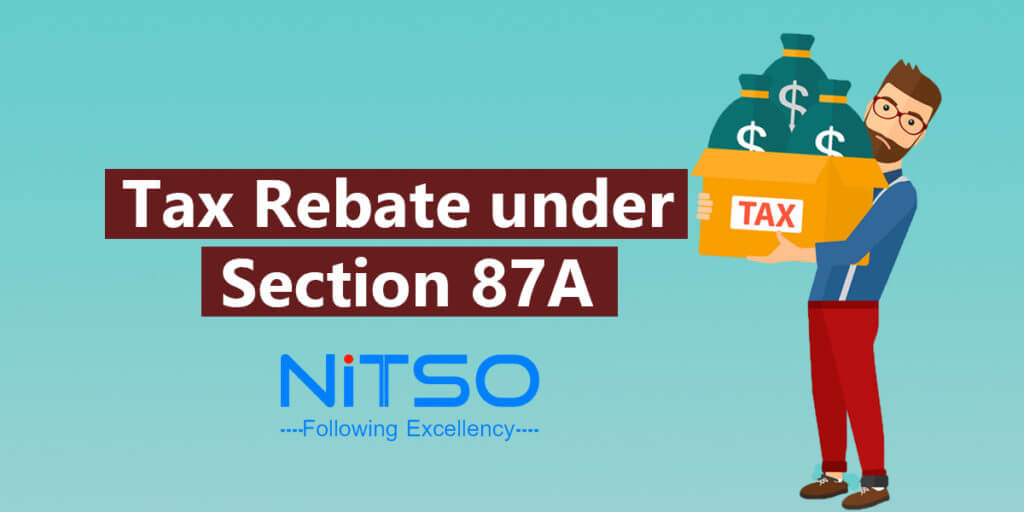

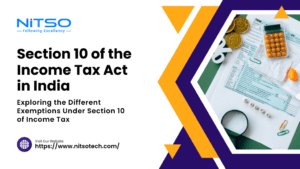
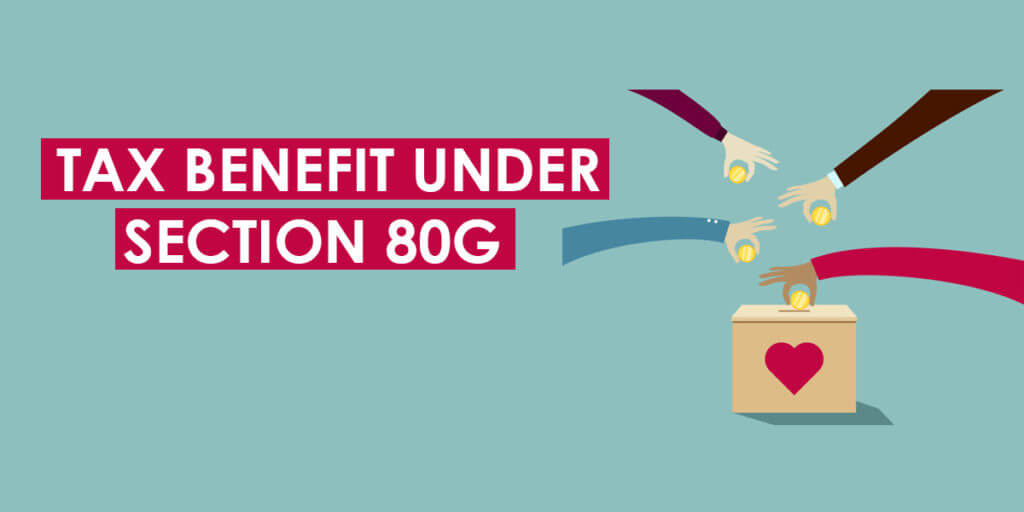
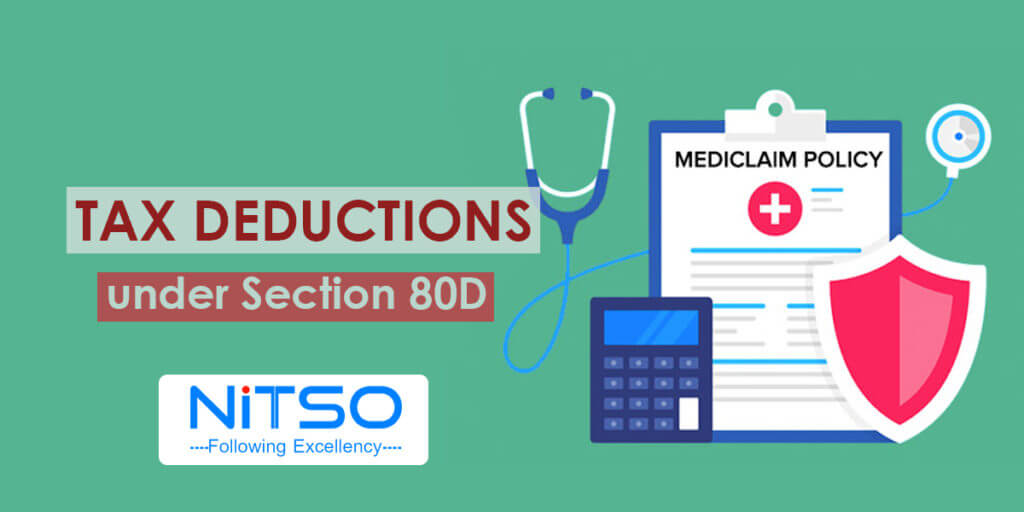
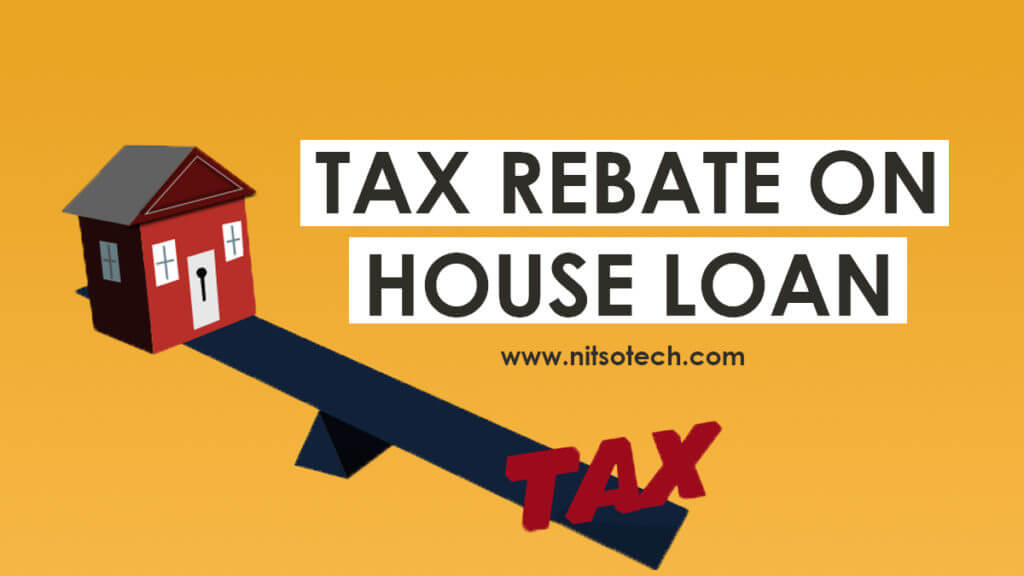

0 Comments